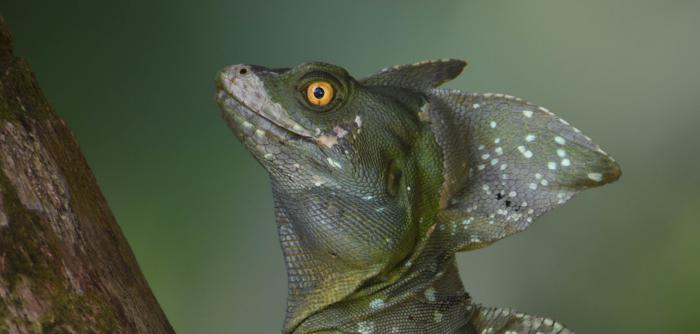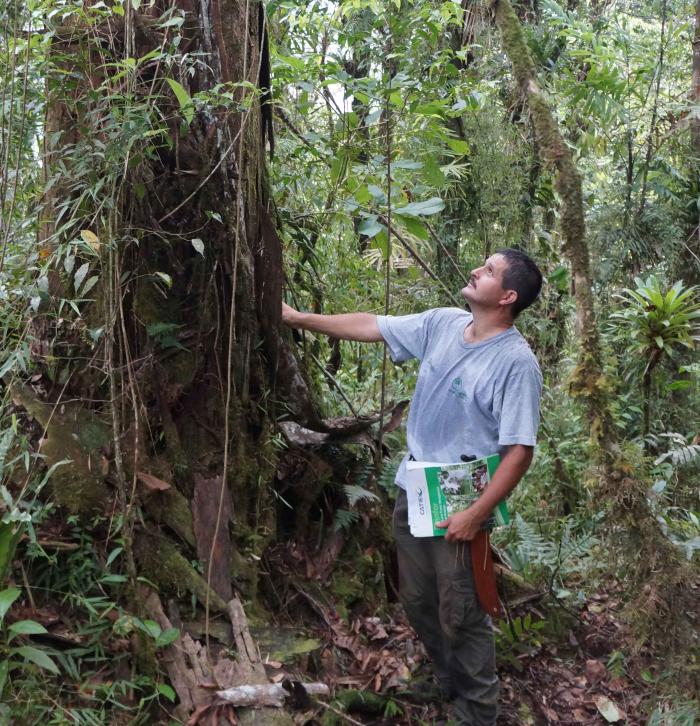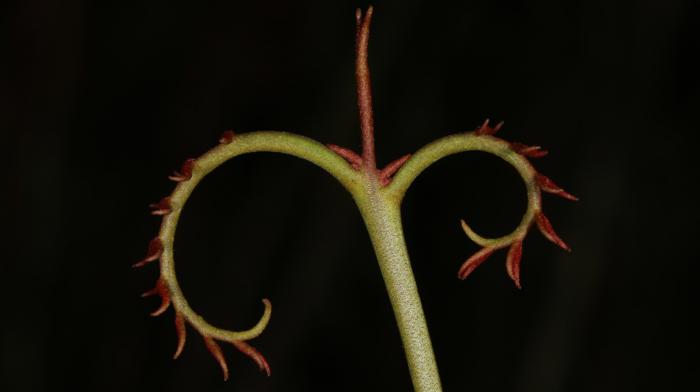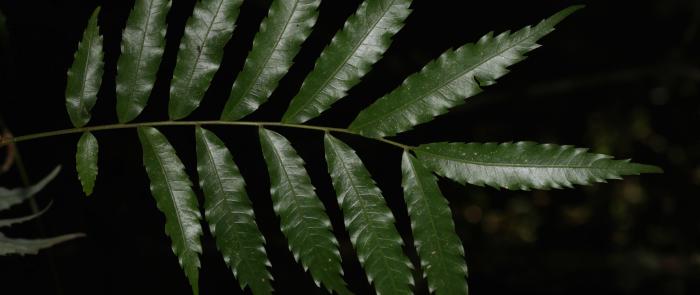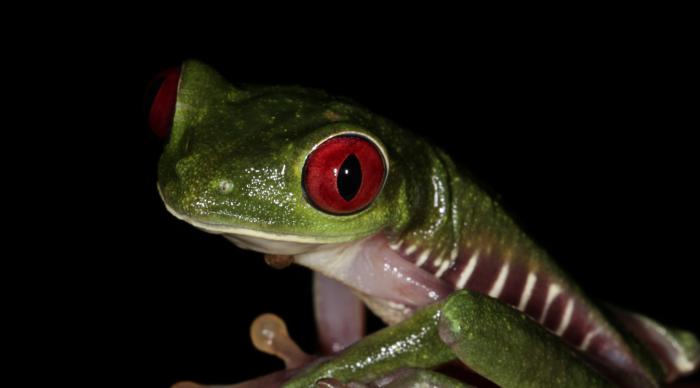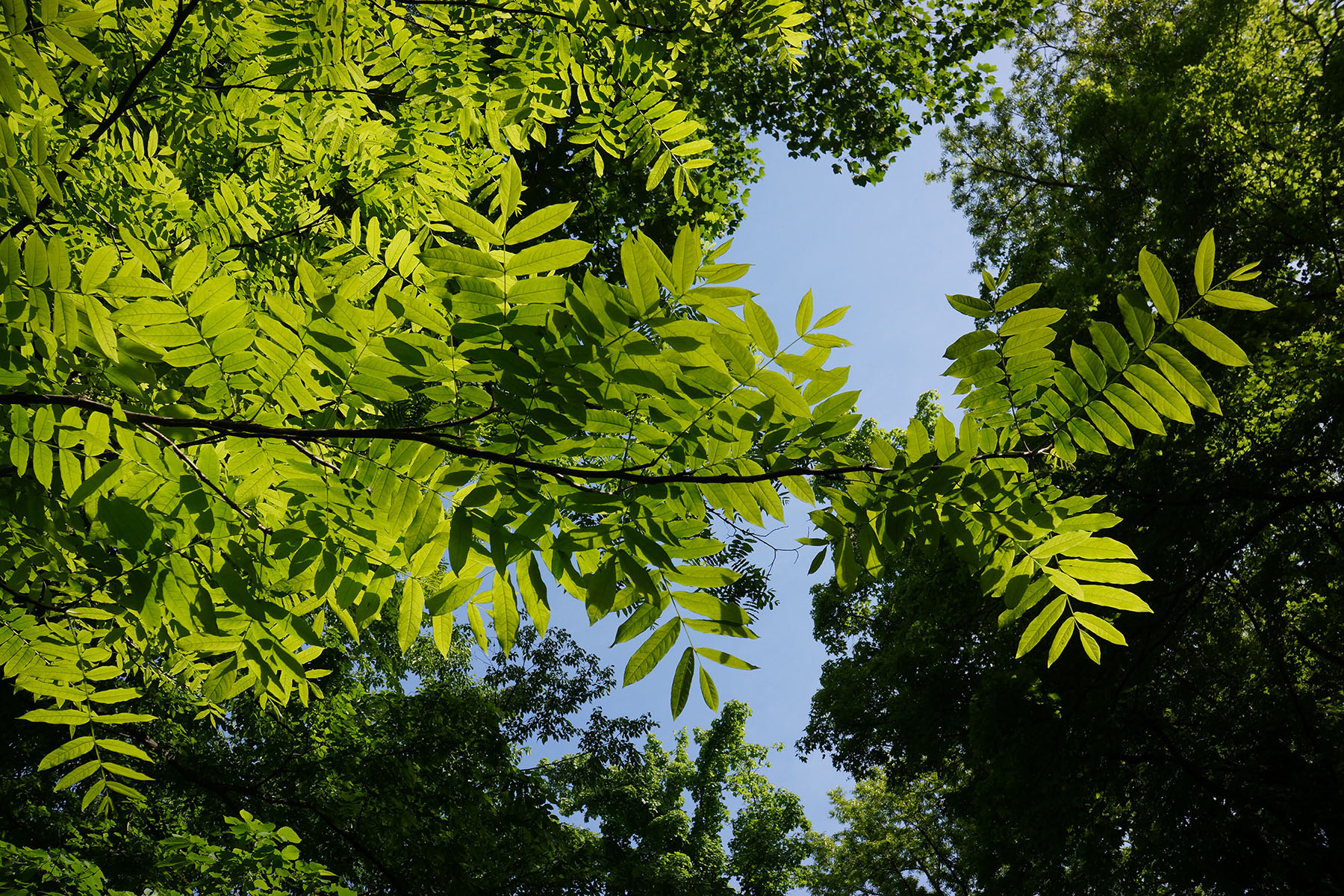
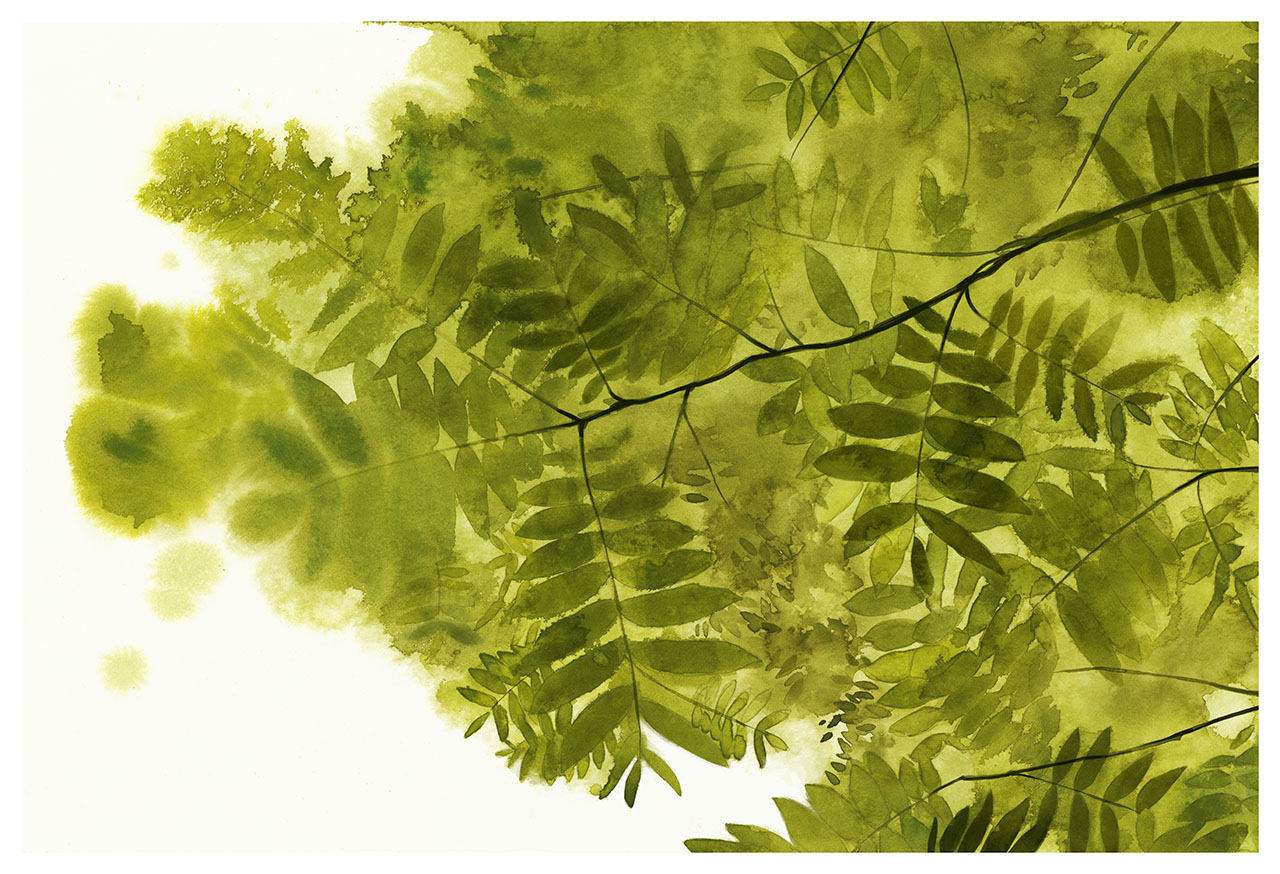
Since 2015 an extension of the Project Zelkova has been elaborated in order to explore and protect other genera and families of relict trees. The main focus is put on the genus Pterocarya and on the family Juglandaceae. The genus Pterocarya has six extant species with similar disjunctions as in Zelkova. Many highly isolated populations, especially for Pterocarya fraxinifolia, are very threatened and have been never collected and/or investigated.
Leading researchers: Dr Yi-Gang Song & Sébastien Bétrisey
The project Pterocarya comprises four main objectives: (1) Ex situ conservation of Pterocarya fraxinifolia and other relict trees of the Transcaucasia. (2) In situ conservation of Pterocarya fraxinifolia with pilot restoration sites in Georgia. (3) Phylogeographic analyses of the genus Pterocarya covering the whole distribution area of Pterocarya fraxinifolia and of the whole genus Pterocarya. (4) Production of a richly illustrated and detailed booklet on the conservation status and actions needed for the whole genus Pterocarya as well as on the diversity and importance of the whole Juglandaceae family. This part, including exchange and field work in Europe, Asia and America, will be carried out by the Zelkova team of the University of Fribourg in Switzerland.
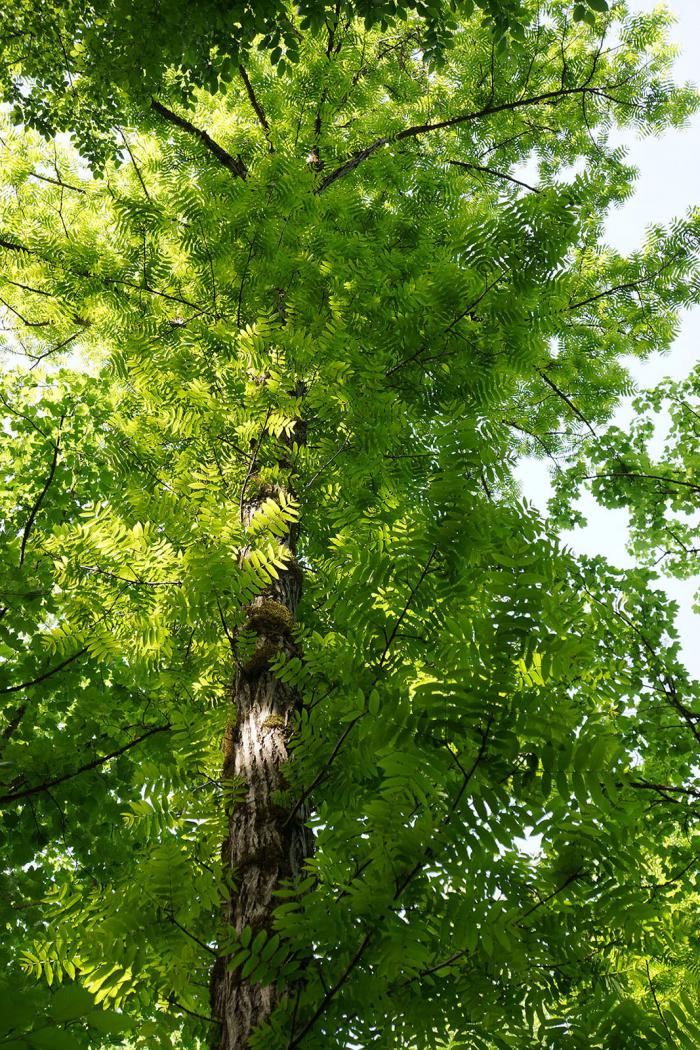
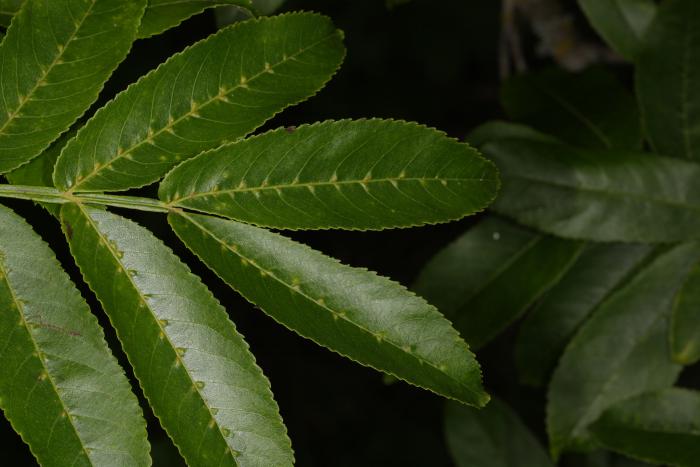
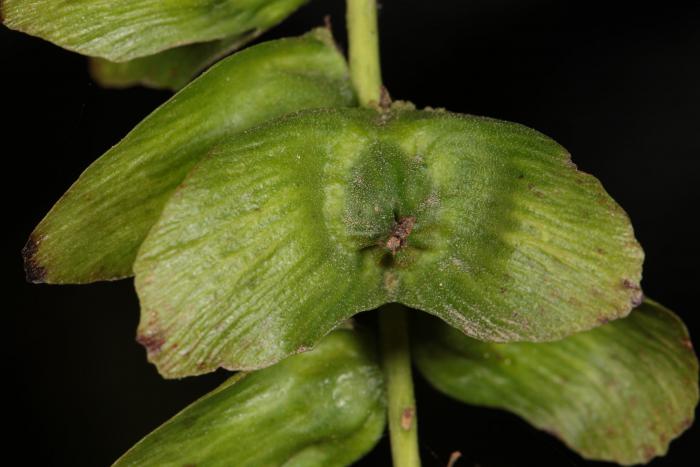
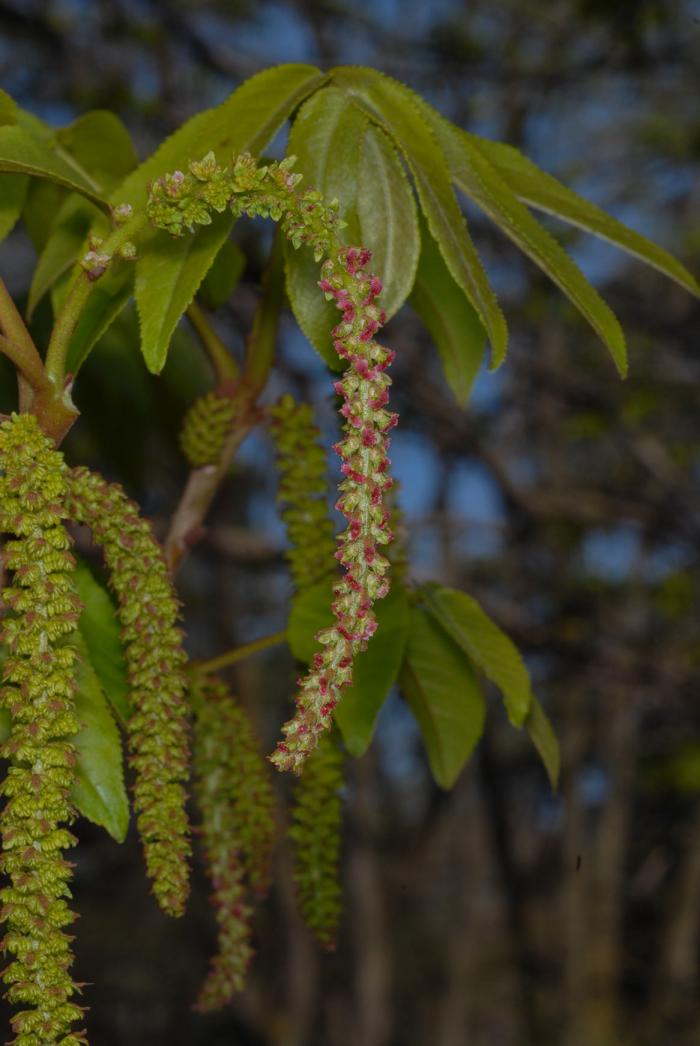
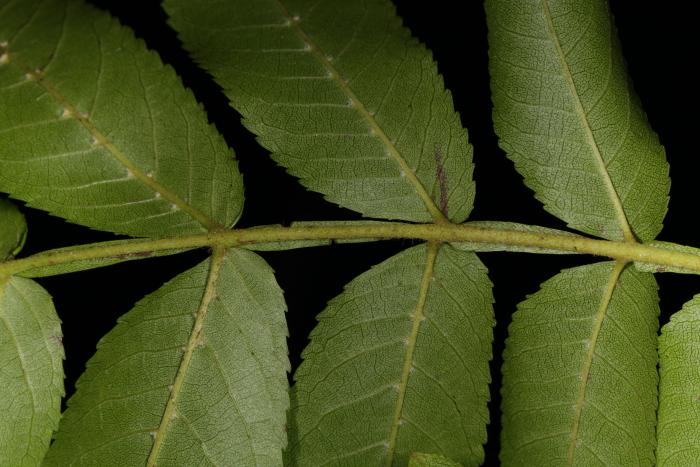
We are very proud to announce that Yi-Gang Song successfully completed his doctoral thesis at the University of Freiburg on the 11th December 2019. The PhD was realized in close cooperation with the Shanghai Chenshan Botanical Garden in China. On behalf of the Zelkova and Pterocarya networks we would like to congratulate him on this success. The title of the dissertation is: Past, present and future of relict trees: diversity, phylogeny, and biogeography of Juglandaceae. Yi-Gang Song is one of the most important researchers of our research and conservation network and an expert in biogeography and conservation biology of Juglandaceae and Fagaceae. Many thanks also to all colleagues who accompanied Yi-Gang on his numerous expeditions and investigations.

« Wingnuts (Pterocarya) and walnut family. Relict trees: linking the past, present and future. »
The book is the culmination of more than four years of exploration and international co-operation. The authors recount an extraordinary journey to the most beautiful and, at the same time, the most threatened relict forests. It starts by examining the last 70 or so Mya in the evolution of the Juglandaceae, presenting selected highlights of the rich paleontological history. This chapter is followed by an exhaustive presentation of the Pterocarya genus - the main subject of the book - introducing all extant species, namely P. fraxinifolia, P. stenoptera, P. tonkinensis, P. hupehensis, P. macroptera and P. rhoifolia. Detailed information on distribution, morphology, ecology and threats is provided for each species.
The second half of the book presents the nine remaining genera of the Juglandaceae: Rhoiptelea, Engelhardia, Alfaropsis, Oreomunnea, Alfaroa, Carya, Platycarya, Cyclocarya and Juglans. After a brief introduction to the global diversity, distribution and phylogeny of the Juglandaceae family, each genus is succinctly presented with details of its fossil history, morphology, ecology and distribution.
Finally, the book describes the uses as well as the most diverse and/or interesting regions of the world in terms of the highest number of Juglandaceae species (China, USA), the highest number of genera (China, Vietnam) or the most impressive or threatened members of the family (Costa Rica, Cuba).
The future of relict trees is uncertain. Many species are threatened by changes in accelerated land use and climate change. This book, which portrays the beauty and diversity of this unique family in all its glory, should encourage on-going conservation and research efforts worldwide.

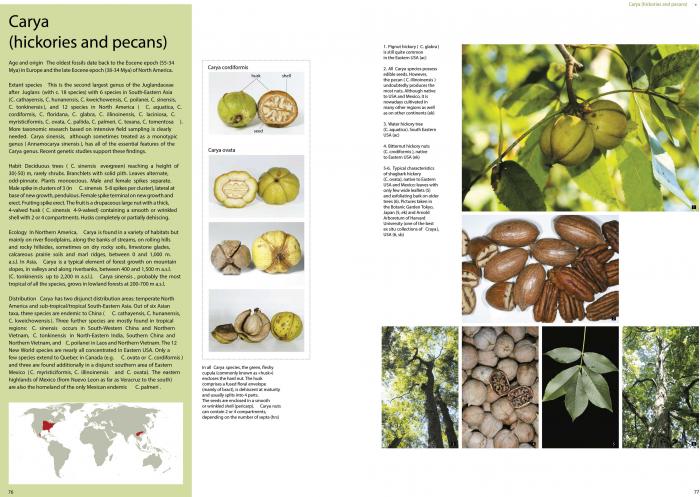

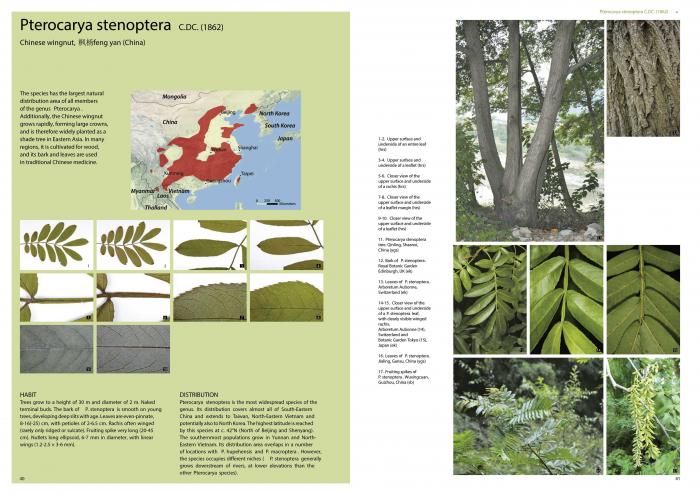
The conference entitled « Relict woody plants: linking the past, present and future » took place on 19th of June 2018 in Kórnik (Poland). It was perfectly organized by the Institute of Dendrology of the Polish Academy of Sciences, and gathered researchers, conservationists and foresters from 14 countries (Poland, Switzerland, Italy, Germany, Greece, Ukraine, Lebanon, Colombia, USA, China, Georgia, Japan, Vietnam and Iran). The conference was also an occasion to celebrate internationally the new book « Wingnuts (Pterocarya) and walnut family », published by our Pterocarya network in collaboration with the Natural History Museum Fribourg (Switzerland). The event was followed by an excursion to Sudety Mountains (South Poland). The participants visited among others the Kórnik Arboretum, the Karkonosze National Park as well as the Kostrzyca Forest Gene Bank. The Zelkova-team in Fribourg would like to thank the organizers of this extraordinary meeting: Dr Anna Jasińska, Prof. Dr Adam Boratyński, Dr Monika Dering, Dr Ewa Kalemba, Radosław Rakowski, Katarzyna Sękiewicz, Dr Karolina Sobierajska, Łukasz Walas and Mikołaj Wawrzyniak, as well as the director of the Institute of Dendrology in Kórnik, Prof. Dr Jacek Oleksyn.
In October 2017, an expedition was carried out, in order to document both subspecies of Juglans jamaicensis, two of the most endangered and extraordinary members of the Juglandaceae family. While J. jamaicensis subsp. jamaicensis is still present in the Dominican Republic (more than twenty population) and in the center and east of Cuba, the species has almost completely disappeared from Puerto Rico (only one small population left known) and is under high pressure in Haiti, due to intense deforestation. The range of J. jamaicensis subsp. insularis is much smaller, the species is endemic to Cuba. It grows most exclusively in the western province Pinar del Rio. The two taxa usually come as isolated individuals or very small populations in semi-deciduous montane forest. The species often grow near streams or at the border between forested hills and cultivated lowland areas, involving high pressure from agriculture. Logging and ranching have also decreased the extension of their habitat.
With the help of local guides and forest specialists, we discovered an astonishing biodiversity and some small populations of J. jamaicensis in Viñales National Park in the west, and in the Escambray Mountains in the center of the island. Juglans jamaicensis is very scattered and needs urgent conservation action programs both in situ and ex situ.

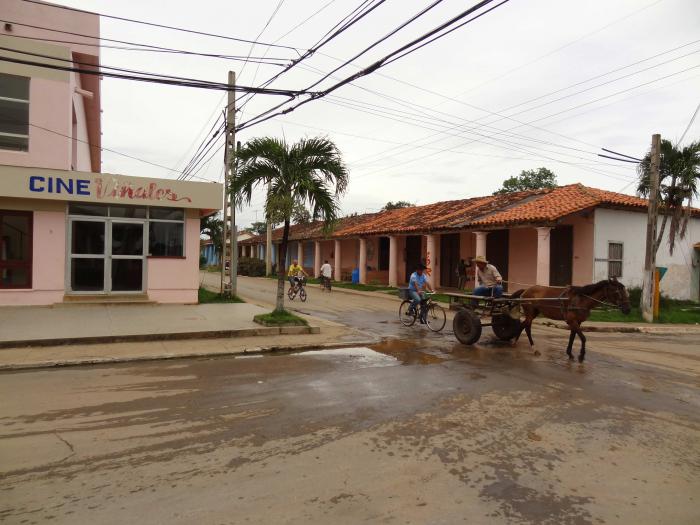





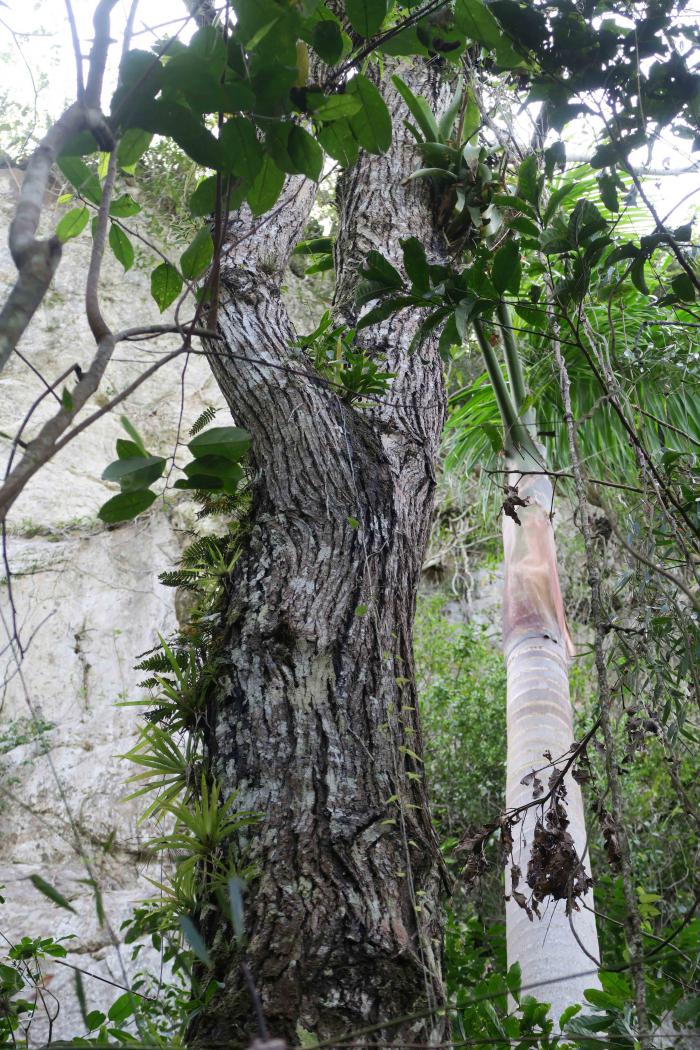
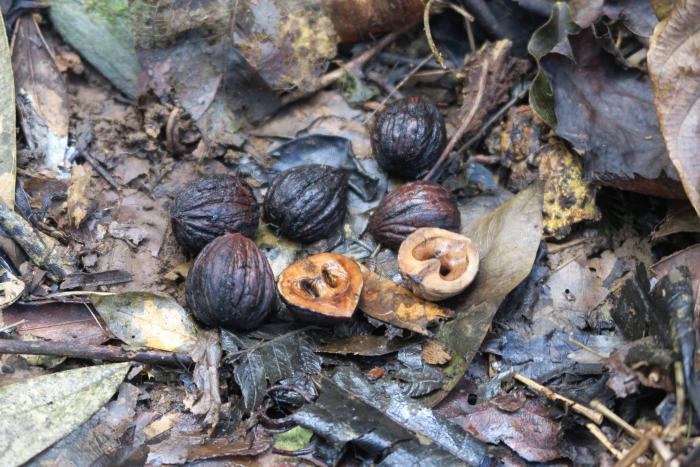
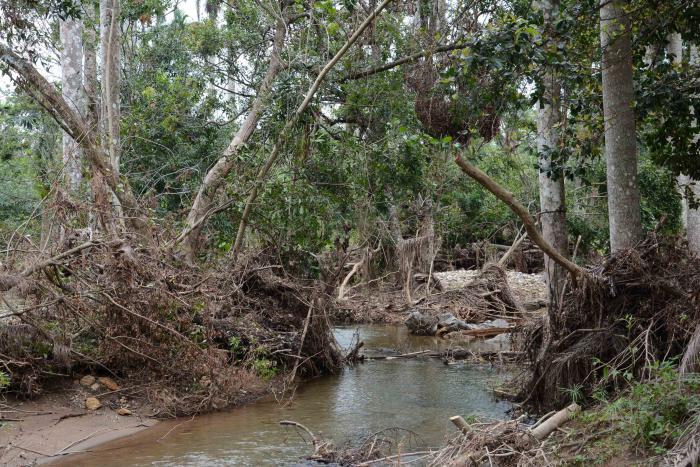




Exploring China’s unique tree diversity
Xiaolong Mountain National Nature Reserve is located in the western part of the Qinling Mountains (Gansu province in Central China). In August 2017, an expedition took place, in order to explore the Pterocarya forests of this area. It was organized and coordinated by Yi-Gang Song, our PhD student at the University of Fribourg and at the Shanghai Chenshan Botanical Garden. The Xiaolong National Nature Reserve, characterized by the transitional climate between the warm temperate and subtropical conditions, possess a very high biodiversity and stunning variety of natural habitats. Vast virgin forests with large pure Pterocarya hupehensis stands, have been found and studied during the expedition. Additionally, two further Pterocarya species (P. macroptera and P. stenoptera) have been observed in this area, mainly along rivers. Further interesting trees, co-occurring with Pterocarya, are Juglans mandshurica, Quercus dolicholepis, Q. spinosa, Zelkova sinica and Z. schneideriana.
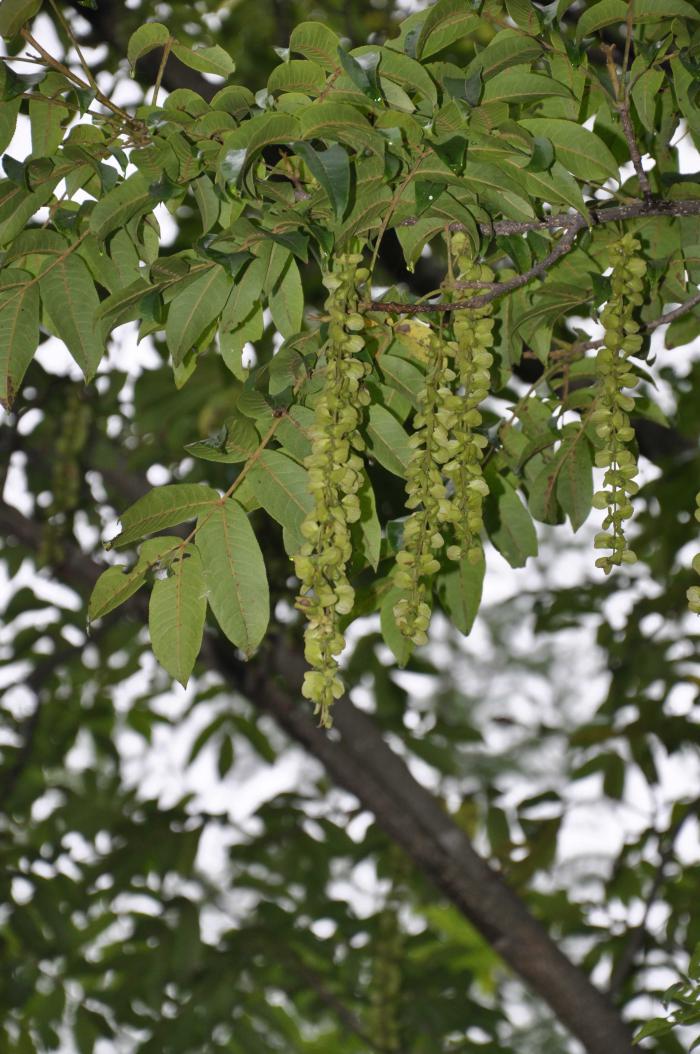
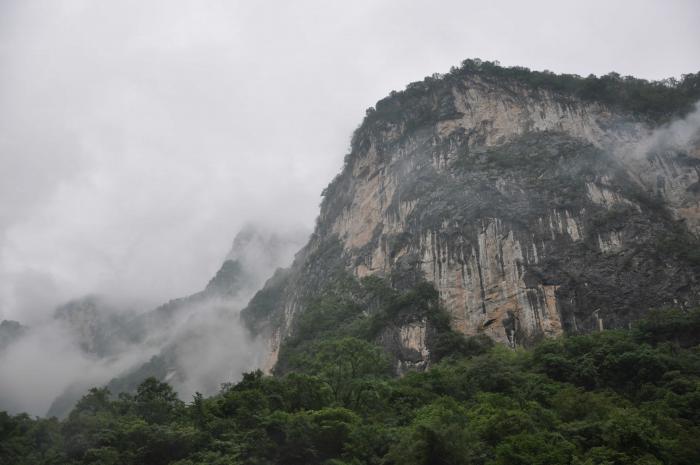



One of the main diversity centers of Juglandaceae
In April 2017 our Zelkova-team organized a scientific expedition to Vietnam in order to explore and collect iconographic material of Juglandaceae of this fascinating country as well as to officially sign the Memorandum of Understanding (MoU) between the University of Fribourg (Switzerland) and the Vietnam National University of Forestry (VNUF). The ceremony took place on 11th of April 2017 in Hanoi and was accompanied by a meeting with the president of VNUF Prof. Tran Van Chu, Prof. Hoàng Văn Sâm (Director of International Cooperation Division at VNUF) and Prof. Gregor Kozlowski on behalf of the University of Fribourg.
Vietnam is one of the main centers of species and genera diversity of this relict tree family, with minimum 10 species representing 6 genera: Rhoiptelea chiliantha, Alfaropsis roxburghiana, Platycarya strobilacea, Engelhardia (2 spp.), Pterocarya (2 spp.) and Carya (3 spp.). Three regions were explored: Ba Vi National Park, Cuc Phuong National Park as well as Con Dao National Park.
We would like to thank our partners at the Vietnam National University of Forestry (VNUF) in Hanoi as well as all field guides and research assistants for their help in finding populations in topographically very difficult terrain. Special thanks go to Prof. Hoàng Văn Sâm and Pham Thanh Ha (VNUF) as well as the direction of the Con Dao National Park.



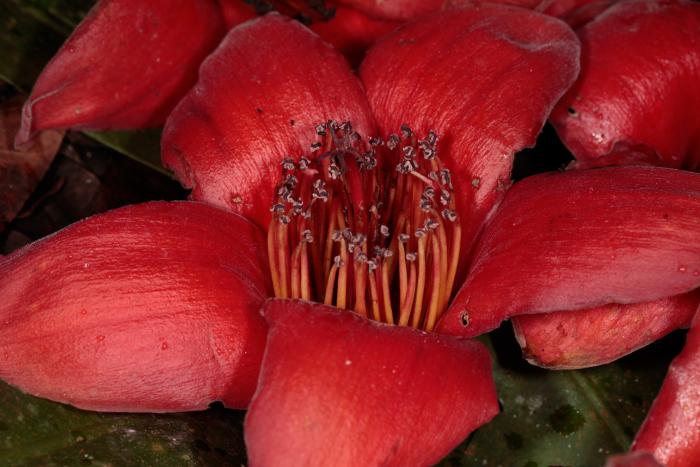
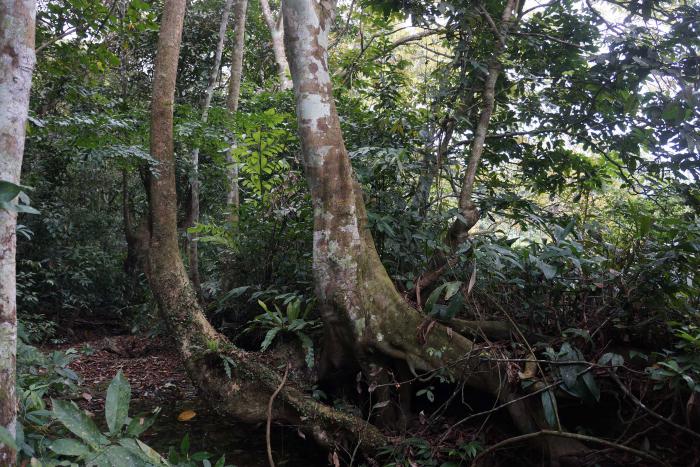

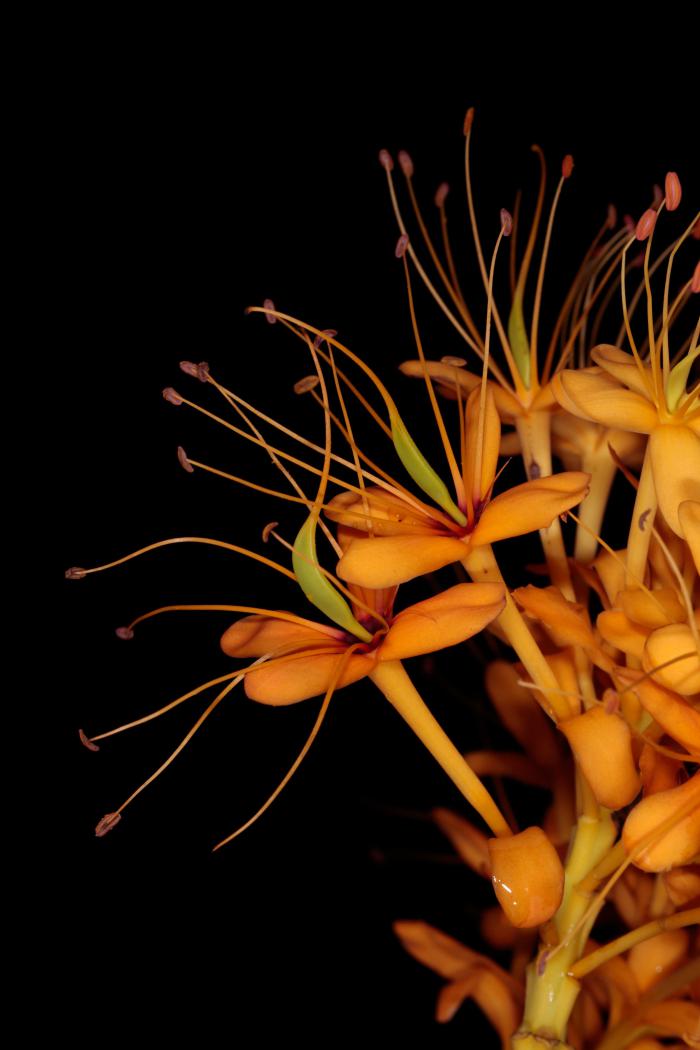


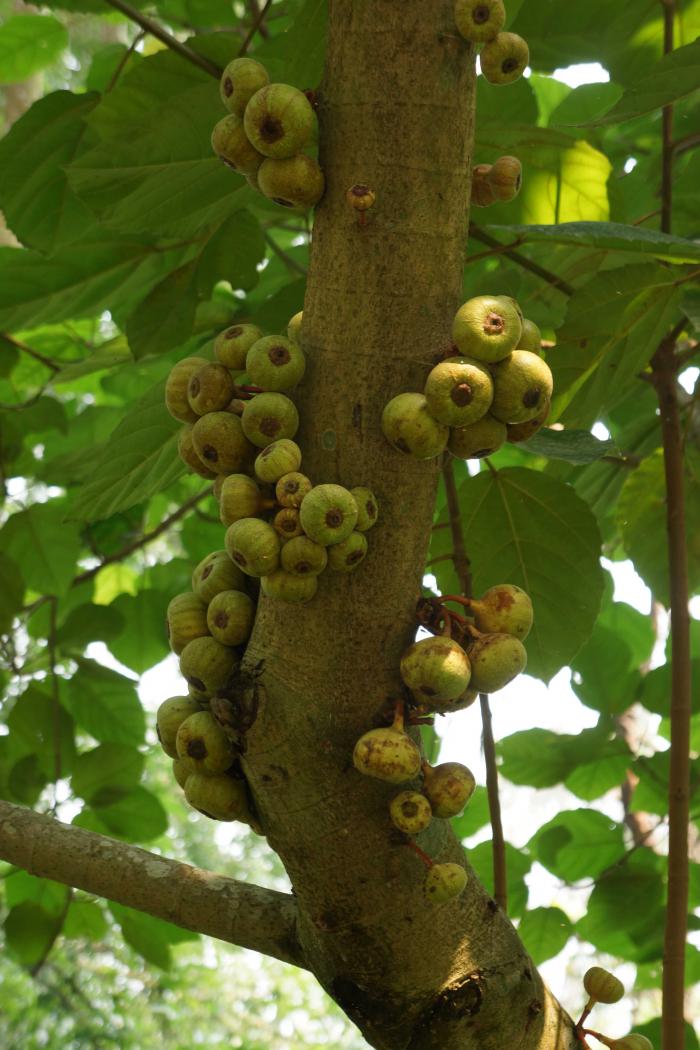



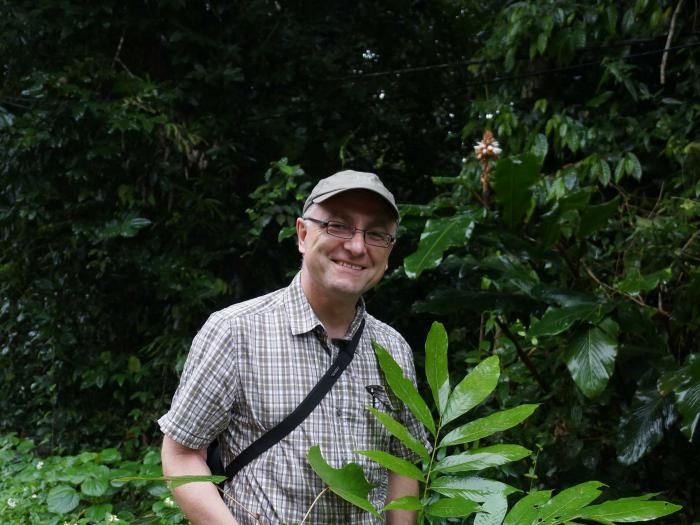


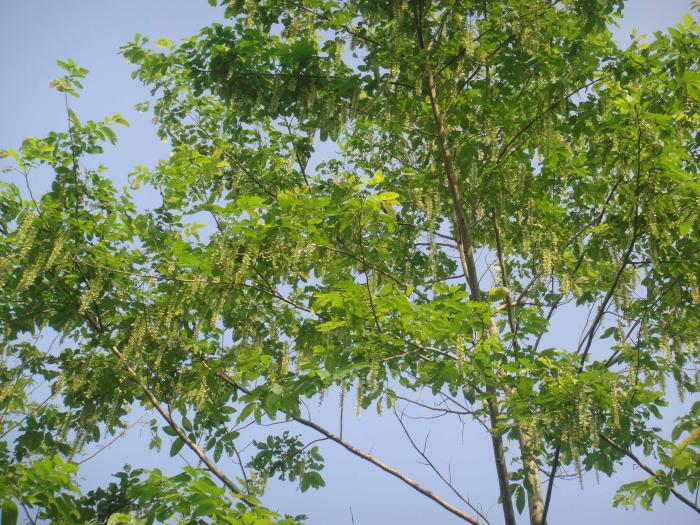


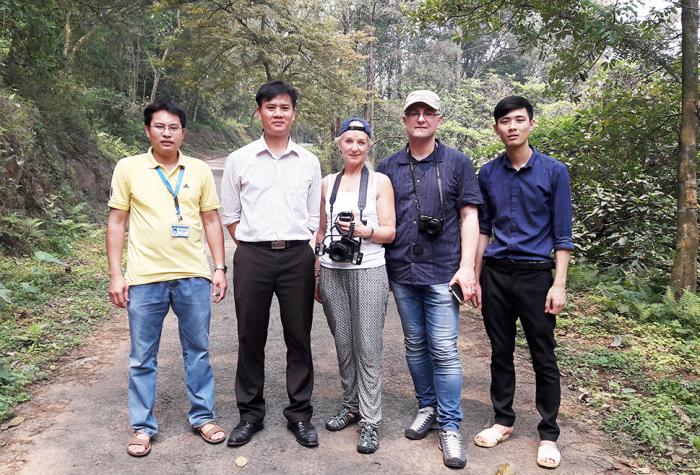
A high diversity of Carya species across the East Coast
The genus Carya is quite common in temperate forests of the northeastern United States and also in the vicinity of swamp forests throughout the southeastern states. Our journey began in South Carolina, with the exploration of the Congaree National Park, one of the most important old growth bottomland hardwood forests still existing in the country. These complex ecosystems are seasonally flooded and represent a unique habitat for singular trees such as the bald cypress (Taxodium distichum) and the water tupelo (Nyssa aquatica). Our goal was to take pictures and gain knowledge and information on natural stands of water hickory (Carya aquatica) and nutmeg hickory (Carya myristiciformis), which are often present in less flooded parts of this type of forest.
For the second part of our expedition, we benefited from close partnerships with the Arnold Arboretum of the Harvard University, which holds probably the most comprehensive ex-situ collection of the genus Carya in the world. Thanks to the help of Michael S. Dosmann, curator of the living collections, we were able to visit and document a part of this extraordinary collection. We then visited some natural stands of Carya (C. ovata, C. glabra and C. cordiformis) in the Blue Hills Reservation with the help of Irina Kadis and Kathryn Richardson from the Arnold Arboretum, who organized our expedition.
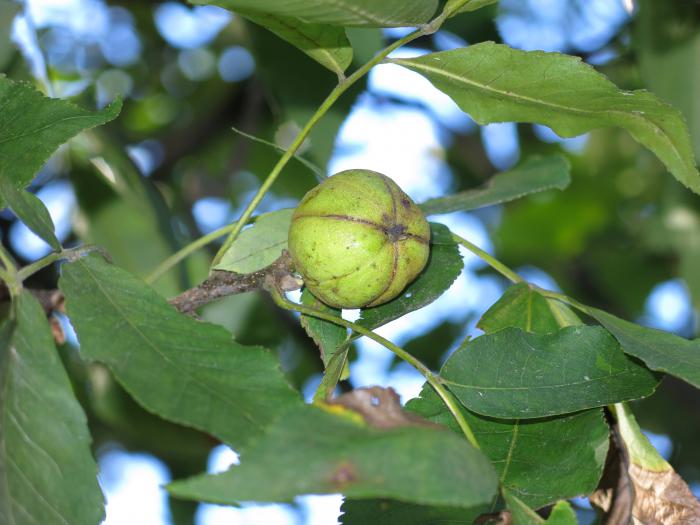
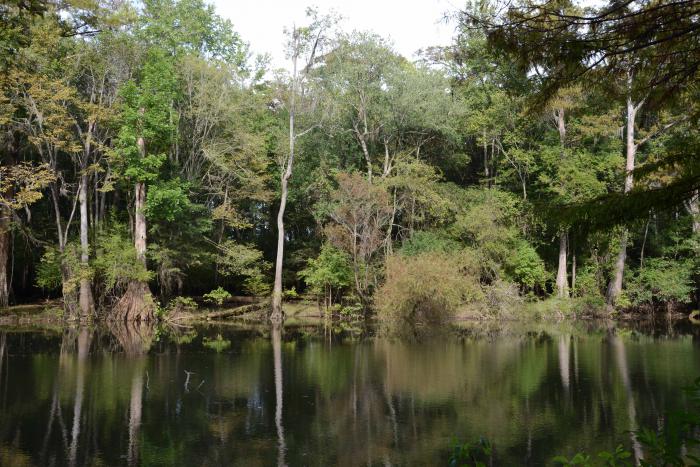
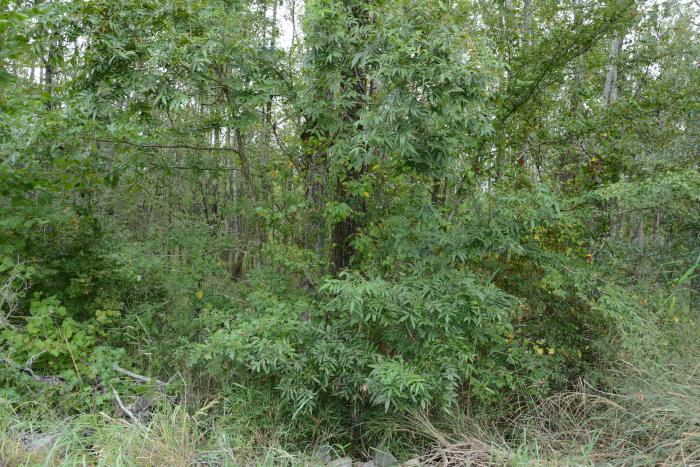


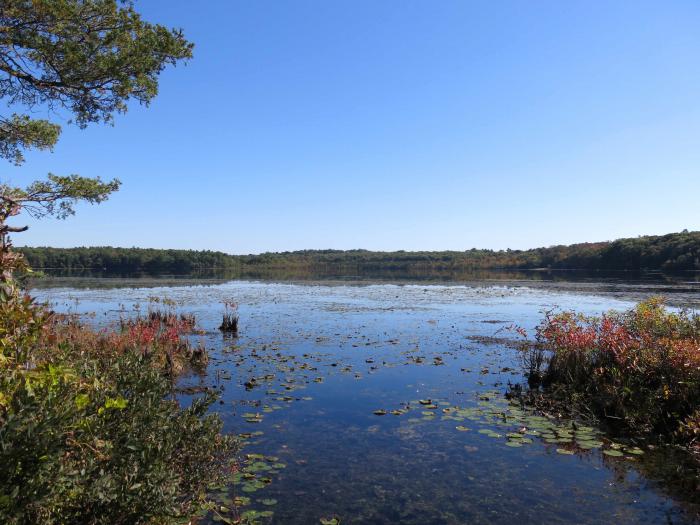


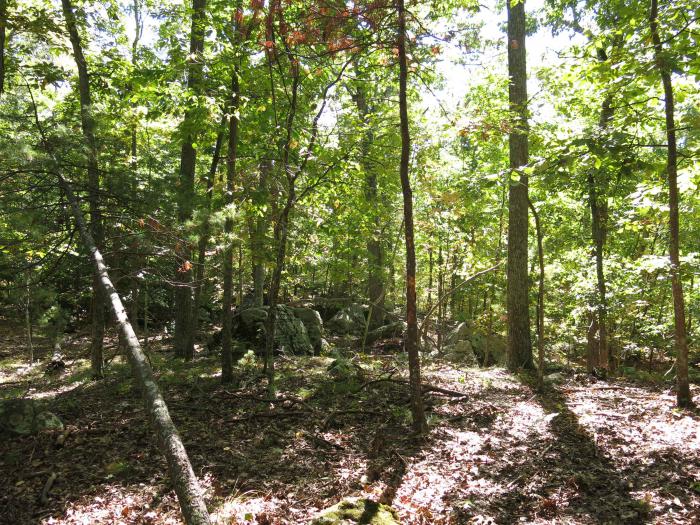
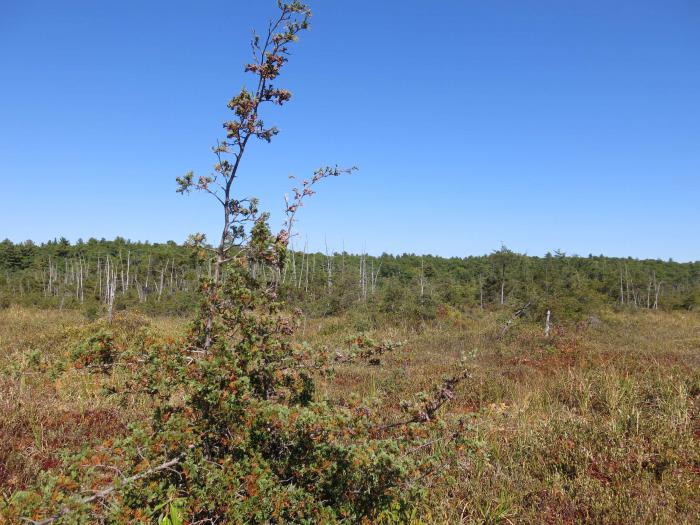
Understanding the ecology of a species requires expeditions to its country of origin and visiting its wild populations. However, field explorations are often cost- and time-consuming, especially when lacking a solid background on the species that we want to study. The Royal Botanic Garden in Edinburgh offers a unique alternative and allows studying different species of the genus Pterocarya found in its ex-situ collections. In 2016 we have visited the garden twice and been able to observe the most important criteria of differentiation between the species (especially terminal buds, leaflet and nuts) and bring back numerous pictures and knowledge, which will be very helpful for future expeditions in wild populations of Pterocarya in Asia. We would like to thank warmly Peter Brownless of the Royal Botanic Garden of Edinburgh for his precious help and advice.

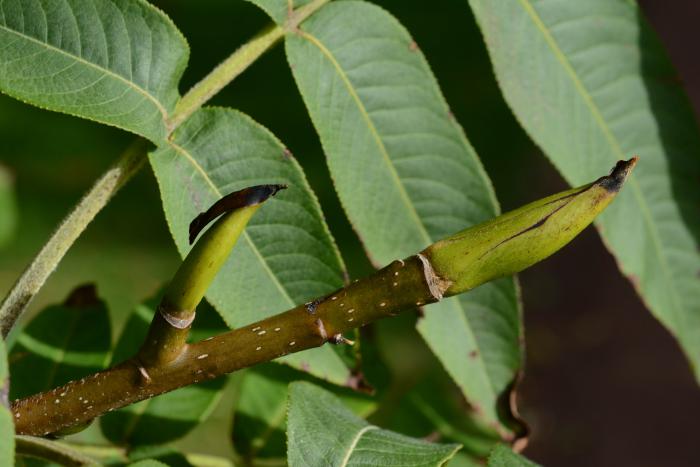
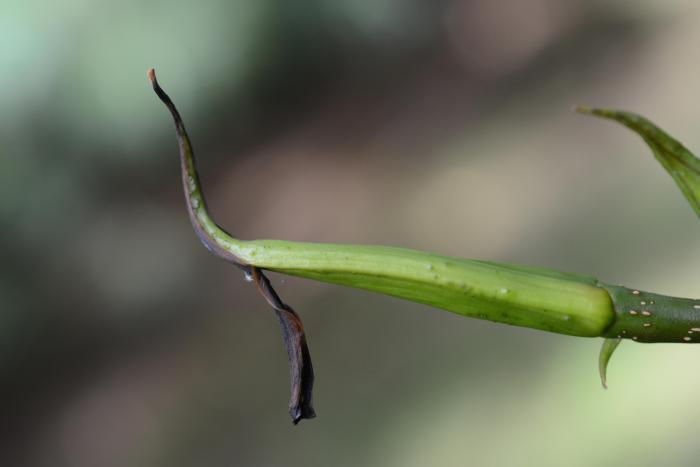





In April 2016 our Zelkova-team organized a scientific expedition to Costa Rica in order to explore and collect iconographic material of poorly documented Juglandaceae of Neotropis. Costa Rica is a center of species diversity for two genera of this family: Alfaroa (minimum 4 species) and Oreomunnea (2 species). They are typical elements of mountain forests and are growing often together with some other trees belonging to temperate families and genera (e.g., Quercus, Alnus, etc.).
We would like to thank all field guides and research assistance for their help in finding populations in topographically very difficult terrain. Special thanks go to Bryan Finegan, Leonel Coto and Diego Delgado (CATIE, Turrialba) for finding Alfaroa manningii and Oreomunnea mexicana as well as to Erick Viquez for A. williamsii and A. costaricensis.
